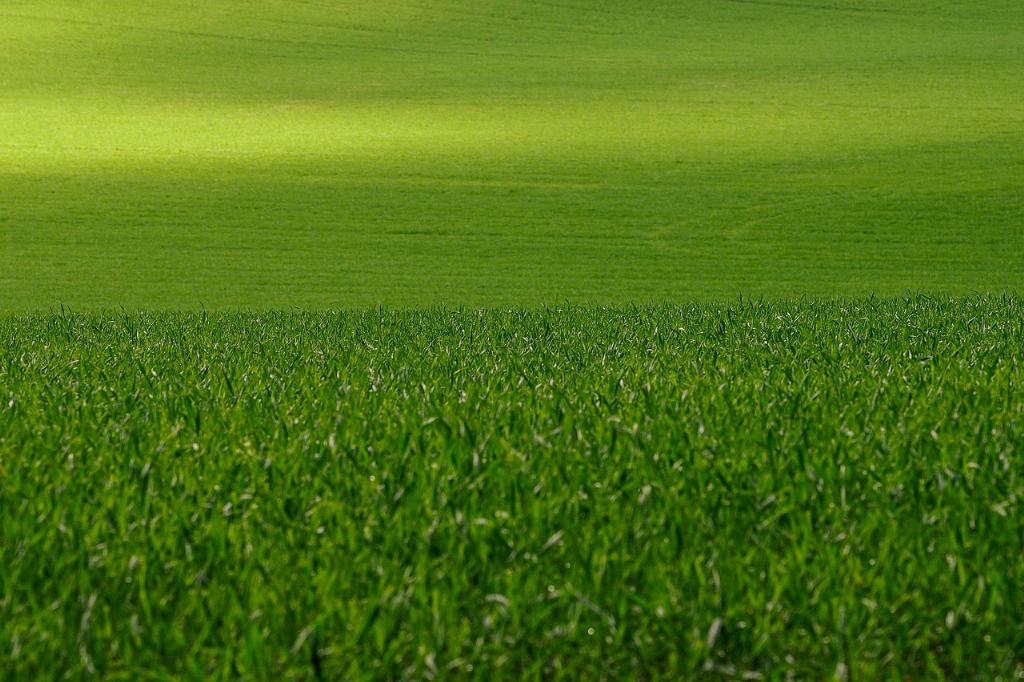When it comes to maintaining a lush, healthy lawn, one of the key factors to consider is how long to water it. Many homeowners often wonder: How long should a lawn be watered to ensure optimal growth and hydration? To answer this question effectively, it is essential to understand the basics of lawn watering and the factors that influence the watering duration.
Factors Influencing Lawn Watering Duration
Several factors can impact the duration for which you should water your lawn. The type of grass, soil type, weather conditions, and the season all play a crucial role in determining the ideal watering schedule. Understanding these factors can help you fine-tune your lawn watering routine for the best results.
Recommended Watering Amount
Experts generally recommend watering lawns with about one inch of water per week. This amount is sufficient to penetrate the soil and reach the grass roots, promoting healthy growth and resilience. To achieve this, it is important to measure the water output from your sprinklers and adjust the watering duration accordingly.
Determining Watering Duration
One practical way to determine the ideal watering duration for your lawn is by conducting a simple test. Placing a plastic container in your yard and setting a timer can help you gauge how long it takes to water your lawn effectively. On average, it may take around 30 minutes to deliver half an inch of water to your lawn.
Frequency of Watering
In addition to the duration of watering, the frequency of watering also plays a critical role in maintaining a healthy lawn. Rather than watering deeply every day, experts recommend watering less frequently but more deeply to encourage deep root growth and drought tolerance in your grass.
Best Time to Water Your Lawn
Choosing the right time to water your lawn can also impact the effectiveness of your watering routine. Early morning is generally considered the best time to water your lawn, as it allows the grass to absorb the moisture before the heat of the day sets in, reducing water loss through evaporation.
Adjusting for Seasonal Changes
As the seasons change, so should your lawn watering routine. During hot summer months, you may need to increase the frequency and duration of watering to prevent your grass from drying out. In contrast, cooler seasons may require less frequent watering to avoid over-saturation.
Monitoring Soil Moisture
Regularly monitoring the moisture levels in your soil can help you gauge whether your lawn is receiving adequate water. If the soil feels dry to the touch or if your grass shows signs of wilting, it may be time to adjust your watering schedule to meet your lawn’s needs.
Overwatering Risks
While it is essential to provide your lawn with adequate water, overwatering can pose risks to your grass. Excessive watering can lead to waterlogging, nutrient leaching, and increased susceptibility to diseases, ultimately compromising the health of your lawn.
Benefits of Proper Lawn Watering
By adhering to a consistent and appropriate lawn watering schedule, you can enjoy a myriad of benefits for your grass. Proper watering promotes deep root growth, enhances nutrient uptake, improves drought resistance, and contributes to a vibrant, green lawn that you can take pride in.
Consulting with Lawn Care Professionals
If you are unsure about how long or how often to water your lawn, consulting with lawn care professionals can provide valuable insights and guidance. They can assess your lawn’s specific needs and recommend a customized watering plan tailored to your grass type, soil conditions, and local climate.

Conclusion
In conclusion, the duration for which you should water your lawn depends on various factors, including the type of grass, soil composition, weather conditions, and seasonal changes. By following expert guidelines, conducting simple tests, and monitoring your lawn’s moisture levels, you can establish a well-informed watering routine that nurtures a healthy and thriving lawn year-round.
